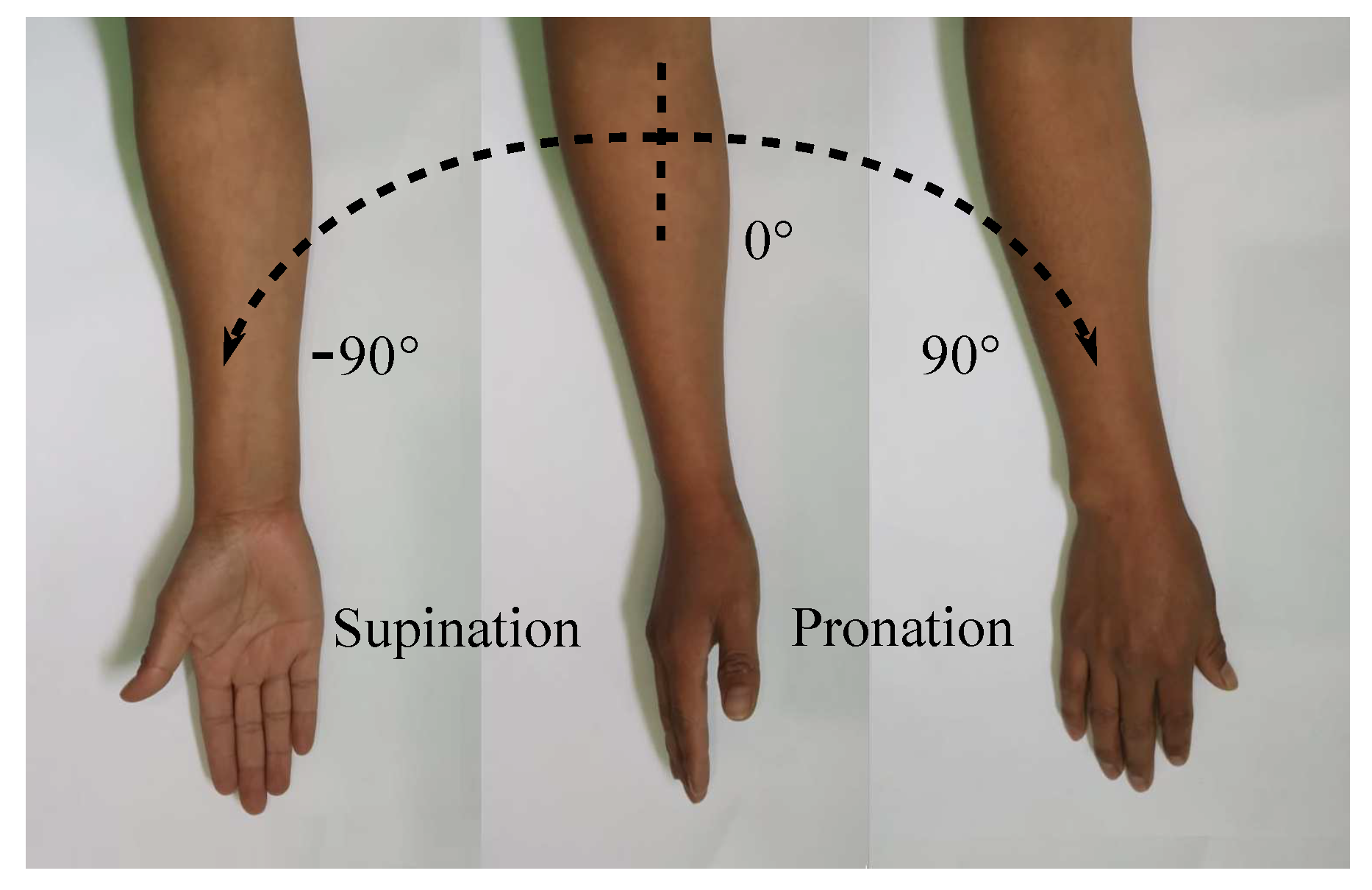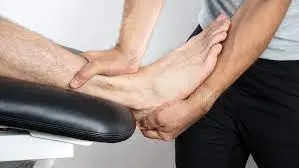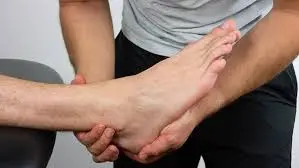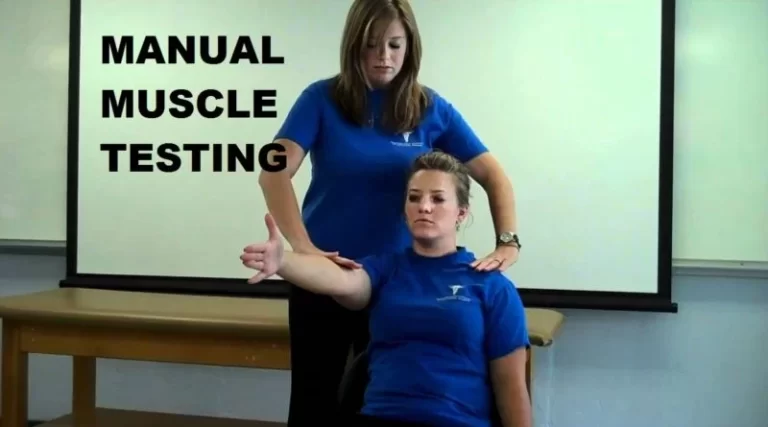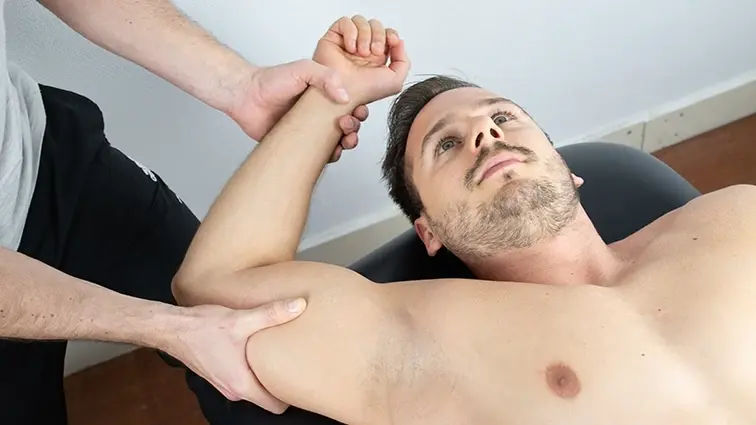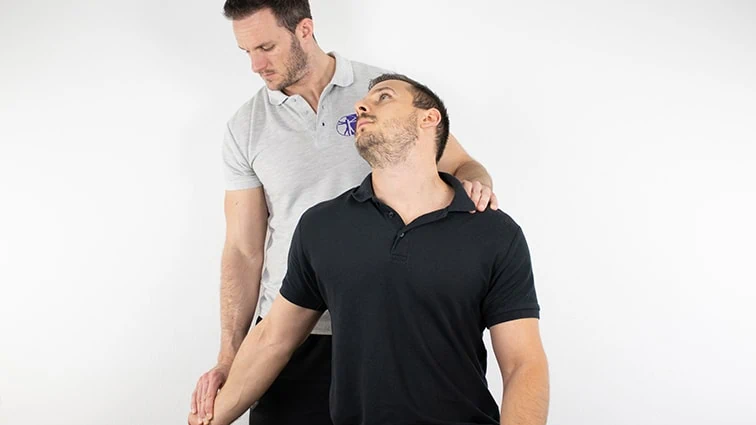Manual Muscle Testing of the Forearm
Manual Muscle Testing (MMT) of the forearm is a technique used to assess the strength and function of the muscles in the forearm. It is commonly performed by healthcare professionals, such as physical therapists or doctors, to evaluate the integrity of the muscles and identify any weakness or pathology.
Table of Contents
Forearm Supination
Testing muscles
Supinator
Biceps brachii
Patient’s position
To assess grades 3 to 5 patient should be in a Short sitting position, arm at the side, and elbow flexed to 90 degrees.
For Glgrade 2 patient should be in Short sitting positions with shoulder flexion between 45° and 90 degrees and elbow flexion at 90-degree. forearm must in a neutral position.
For grades 1 and 0 patient should be in a Short sitting position with arm and elbow in flexion as per grade 3.
Therapist’s position
To assess grades 3 to 5 therapist should be standing at the side or in front of the patient. The therapist’s hand supports the patient’s elbow and another hand is used for resistance by grasping the forearm on the volar aspect of the wrist.
To assess grade 2 therapist should support the examined arm by cupping the hand beneath the elbow.
To assess grade 1 and 0 therapists should support the forearm just distal to the elbow.
How to test?
Give instructions for the test in the patient’s own language so that he can easily understand the process.
- Start with the pronation patient try to do a Supination till the palm faces the ceiling. The therapist gives resistance force in the pronation direction.
- For assessing grade 3 no resistance is applied
- For assessing Grade 4 minimum resistance should be given
- For assessing grade 5 maximum resistance is applied.
Above all patient try to attempt Supination in some range of motion position.
- For assessing grade 1 do the palpation of the supinator muscle at the distal to the radius head on the dorsal aspect of the forearm. Only contraction activity is present. not any movement can be seen
- For assessing grade 0 there is no contraction present.
Assess strength The examiner should assess the patient’s strength by grading their ability to resist the applied resistance. The grading system used for manual muscle testing is as follows:
- 5: Normal strength, patient can resist maximum resistance
- 4: Good strength, patient can resist moderate resistance
- 3: Fair strength, patient can resist gravity but not resistance
- 2: Poor strength, patient can move the limb with gravity eliminated
- 1: Trace strength, muscle contraction is palpable but no movement occurs
- 0: No strength, no muscle contraction is palpable
Repeat on the other side after completing the test on one side, repeat the same steps on the other side to assess bilateral strength.
Document findings The examiner should document the patient’s strength grade for each side in their medical record. If there is a difference in strength between sides, this should be noted and further evaluation may be necessary.
Forearm pronation
Testing muscles
Prorate teres
Pronator quadratus
Patient’s position
To assess grades 3 to 5 patient should be in a short sitting position with the arm at the side. The elbow in 90-degree flexions and the forearm must be in a supinated position.
To assess grade 2 patient should be in a short sitting position with the shoulder flexed between 45° and 90 degrees. elbow in flexion to 90-degree ° and the forearm should be in a neutral position.
To assess grades 1 and 0 patient should be in the short sitting position with the arm and elbow flexed same as grade 3.
Therapist’s position
For grades 3 to 5 therapists stand at the side or in front of the patient. The therapist’s hand gives support to the patient’s elbow and grasps the forearm on the Dorsal aspect of the wrist for resistance force
For grade 2 therapists Support the examined side arm by cupping the hand beneath the elbow.
For grade 1 and 0 therapist Support the forearm just distal to the elbow.
How to test?
Give instructions for the test in the patient’s own language so that he can easily understand the process.
Start with the Supination patient try to pronate his forearm till the palm faces downward.
The therapist gives resistance in the Supination direction.
- for grade 5 Do the complete available range of motion and catch maximum resistance.
- for grade 4 do the full available range of motion and hold moderate to minimum resistance
- For grade 3 do the Complete available range of motion without resistance.
- For grade 2 tell the patient about pronation of the forearm.
- For Grade 1- In the upper third of the volar aspect of the forearm, along a diagonal from the medial condyle of the humerus to the lateral side of the radius, palpate the pronator teres muscles. contraction activity is there but No hand movement is present.
- For grade 0 there is no contractile activity.
Assess strength The examiner should assess the patient’s strength by grading their ability to resist the applied resistance. The grading system used for manual muscle testing is as follows:
- 5: Normal strength, patient can resist maximum resistance
- 4: Good strength, patient can resist moderate resistance
- 3: Fair strength, patient can resist gravity but not resistance
- 2: Poor strength, patient can move the limb with gravity eliminated
- 1: Trace strength, muscle contraction is palpable but no movement occurs
- 0: No strength, no muscle contraction is palpable
Repeat on the other side after completing the test on one side, repeat the same steps on the other side to assess bilateral strength.
Document findings The examiner should document the patient’s strength grade for each side in their medical record. If there is a difference in strength between sides, this should be noted and further evaluation may be necessary.
It is important to note that during forearm pronation manual muscle testing, it is common for the biceps brachii muscle to assist in the movement. To isolate the pronator teres muscle, the examiner can ask the patient to flex their elbow slightly while performing the test. Additionally, the examiner should ensure that the patient is not compensating by using their shoulder or trunk muscles during the test.
Precaution
The examiner should apply resistance gradually and avoid sudden or jerky movements. This will prevent injury to the patient and ensure accurate results.
The examiner should be aware of muscle fatigue during the test. If the patient is unable to maintain their strength, the test should be stopped to prevent injury.
The examiner should ensure that the patient is safe during the test. Any equipment or supports used should be secure and stable.
The examiner should communicate clearly with the patient throughout the test to ensure that they understand what is expected of them. Any discomfort or pain should be reported immediately.

